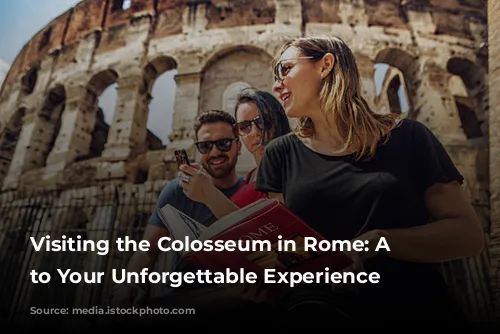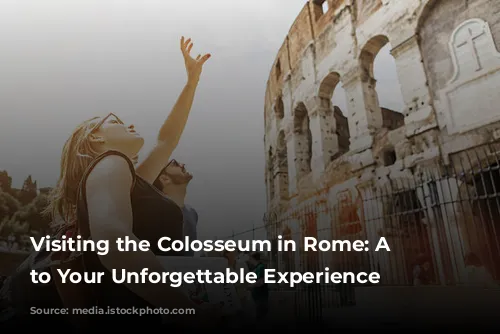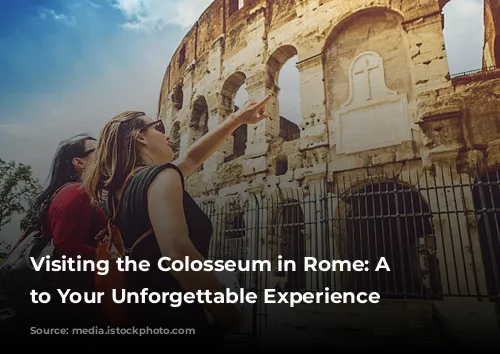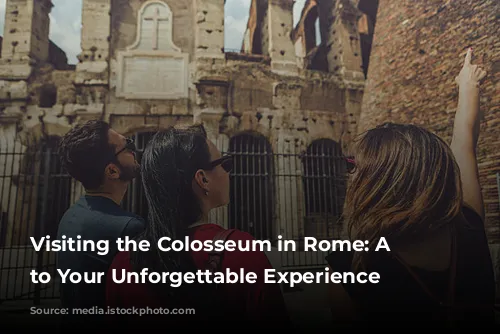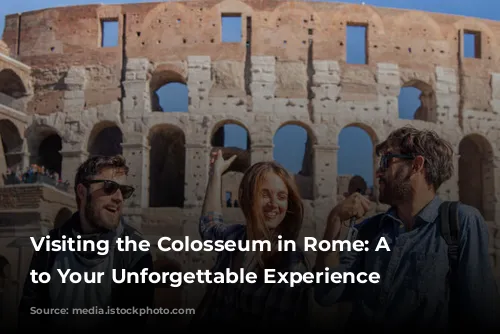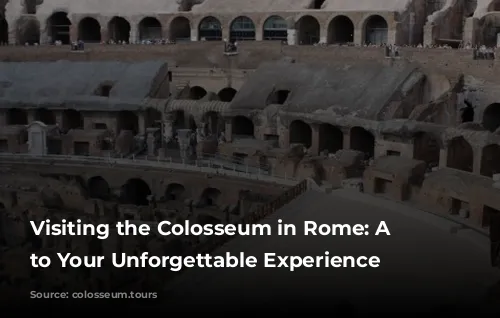Embark on a journey through time as you explore the Colosseum, a majestic monument that stands as a testament to ancient Rome’s power and grandeur. This iconic amphitheater, renowned worldwide, is a must-visit destination for any traveler to the Eternal City.
Get ready to be captivated by the history and architecture of this remarkable structure, which once hosted gladiatorial contests, animal hunts, and mock naval battles. Uncover the secrets of its construction and marvel at the engineering brilliance of the ancient Romans. To make the most of your visit, it’s highly recommended to book your tickets in advance. This allows you to secure your preferred entry time and avoid long lines, ensuring a seamless and enjoyable experience. Let’s delve into the details that will make your Colosseum experience truly unforgettable!
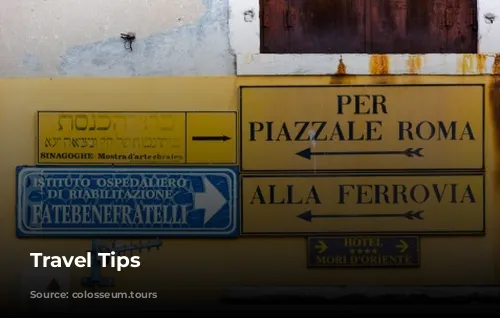
Opening Hours & What to Leave Behind
The Colosseum opens its doors to visitors from early morning until late afternoon, with varying hours depending on the season. Here’s a breakdown of the opening hours to help you plan your visit:
- January 2 to February 15: 8:30 AM – 3:30 PM
- February 16 to March 15: 8:30 AM – 4:00 PM
- March 16 to last Saturday of March: 8:30 AM – 4:30 PM
- Last Sunday of March to August 31: 8:30 AM – 6:15 PM
- September 1 to September 30: 8:30 AM – 6:00 PM
- October 1 to last Saturday of October: 8:30 AM – 5:30 PM
- Last Sunday of October to December 31: 8:30 AM – 3:30 PM
To ensure a safe and enjoyable experience for everyone, certain items are not permitted inside the Colosseum. These include:
- Large bags/backpacks or any kind of wheeled/roller bags
- Glass containers/bottles
- Weapons (including pocket knives)
- Aerosol sprays
By following these guidelines, you can contribute to a secure and comfortable environment for all visitors.
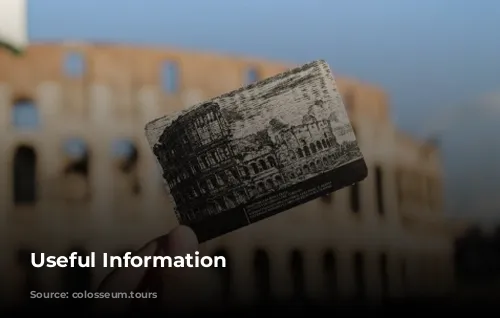
Booking Your Tickets & Exploring the Colosseum
Booking tickets in advance is highly recommended to avoid long queues and secure your preferred entry time. This allows you to make the most of your visit and explore the Colosseum without delay. Advance booking often includes skip-the-line access, enabling you to bypass the crowds and fully immerse yourself in the grandeur of this ancient marvel.
The Colosseum’s history dates back to ancient times, specifically around 70-80 AD, when Emperor Vespasian of the Flavian dynasty commissioned its construction. This impressive amphitheater, built using limestone, concrete, and bricks, was the largest of its kind in the Roman Empire. It could accommodate an astounding 80,000 spectators, showcasing the scale and ambition of ancient Roman society.
The Colosseum’s design is equally impressive, showcasing the ingenuity of Roman engineering. Its large oval shape, four levels, and imposing height of around 48 meters, make it a truly awe-inspiring sight. The structure’s three tiers of arches are decorated with different types of columns – Doric at the base, Ionic in the middle, and Corinthian at the top. With ramps, stairs, and tunnels facilitating easy movement, the Colosseum was a marvel of its time. Its efficient design allowed for smooth entry and exit for spectators, as well as the seamless staging of events, showcasing the Romans’ mastery of architecture.
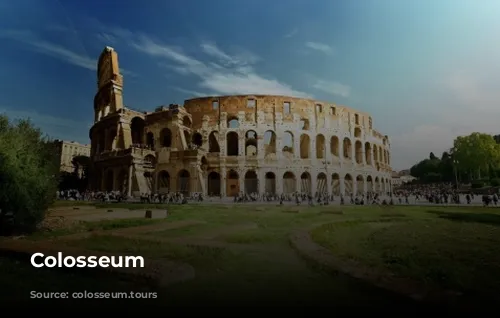
A Nighttime View of the Colosseum
As the sun sets over Rome, the Colosseum transforms into a majestic and enchanting sight. The night lights illuminate its grandeur, creating a captivating spectacle that reminds us of its thrilling history. The peaceful atmosphere surrounding the Colosseum at night allows you to truly appreciate its beauty and grandeur. Witnessing the Colosseum under the stars offers a magical experience, connecting you to the rich past of ancient Rome.
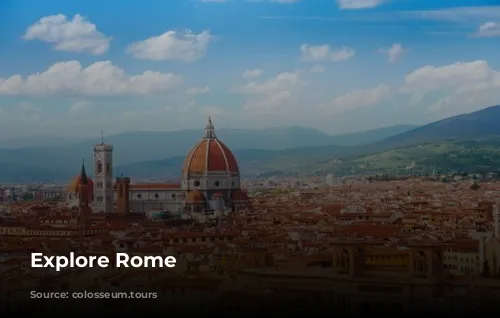
Exploring the Roman Forum & Palatine Hill
Venture beyond the Colosseum and immerse yourself in the fascinating history of Ancient Rome with a guided tour. Join a small group led by a knowledgeable guide, and embark on a journey through time. Start at the Colosseum itself, learning about its architecture and the Roman’s love for games. Then, walk through the entrance onto the arena floor, where gladiators once fought.
Next, explore Palatine Hill, the oldest part of Rome, where Emperors once resided in grand homes. Wander among the ruins and soak in the serene surroundings and breathtaking views. Finally, descend into the Roman Forum, walking along ancient roads and marveling at the temples, offices, and the senate building.
With a guide by your side, you’ll gain invaluable insights into the history of these iconic landmarks. Discover the grandeur of the Colosseum and its architectural wonders, then climb Palatine Hill to witness amazing views and visit old ruins like the House of Augustus. Delve into the Roman Forum, once a bustling center of political activity, and admire architectural marvels like the Temple of Romulus. Throughout the tour, listen to captivating stories that offer fascinating insights into the history of Rome.
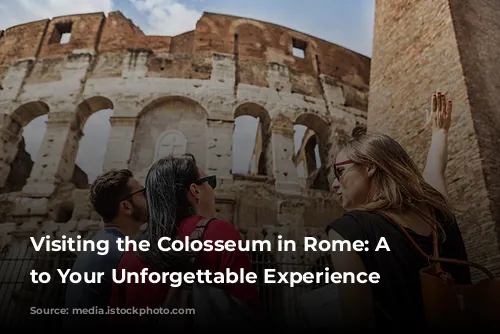
A Personalized Tour of the Colosseum & Ancient Rome
For a truly personalized and unforgettable experience, consider a private guided tour of the Colosseum and Ancient Rome. A friendly and professional tour guide will tailor your tour to your specific interests and needs. Explore the highlights of the Colosseum and Ancient Rome at your own pace, enjoying a private entrance and the opportunity to ask questions about the history and architecture.
After meeting your guide at Trajan’s Column, you’ll take a short walk through the Imperial Forum before entering the Roman Forum. Once inside, your guide will point out the most famous monuments, as well as hidden gems that are often missed on larger tours. This personalized experience allows you to delve deeper into the history and significance of these iconic landmarks.
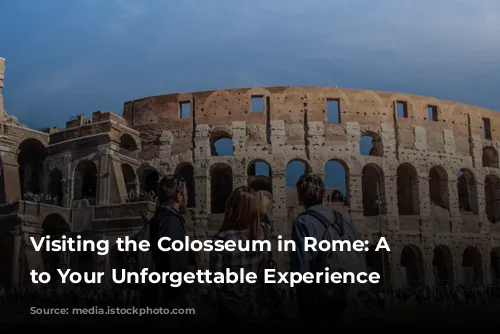
Visiting the Vatican City
No trip to Rome would be complete without a visit to the Vatican City, a place of immense historical and spiritual significance. This city-state is home to the Pope and the Roman Catholic Church, serving as a center of global reverence.
The Vatican Museums house a vast collection of artistic treasures, including iconic works by Michelangelo and Raphael. The Sistine Chapel’s mesmerizing frescoes, especially Michelangelo’s masterpiece on the ceiling, leave visitors spellbound. St. Peter’s Basilica, with its awe-inspiring architecture and religious significance, is equally captivating.
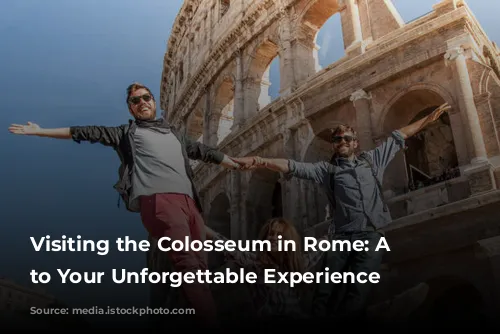
Exploring Rome’s Charming Neighborhoods
Venture beyond the main attractions and immerse yourself in the authentic charm of Rome’s vibrant neighborhoods. Neighborhoods like Trastevere and Monti offer visitors a glimpse into the city’s rich history and vibrant life.
Trastevere, with its narrow cobblestone streets and colorful buildings, exudes a bohemian charm. This area is renowned for its bustling piazzas, lively trattorias, and vibrant nightlife. Monti, on the other hand, presents a more eclectic ambiance, blending ancient ruins with trendy boutiques and artisanal shops. Its labyrinthine alleys lead to hidden gems, quaint cafes, and artisan workshops, making it a haven for artists and creatives. Both neighborhoods boast picturesque squares where locals gather, creating a lively atmosphere perfect for leisurely strolls.
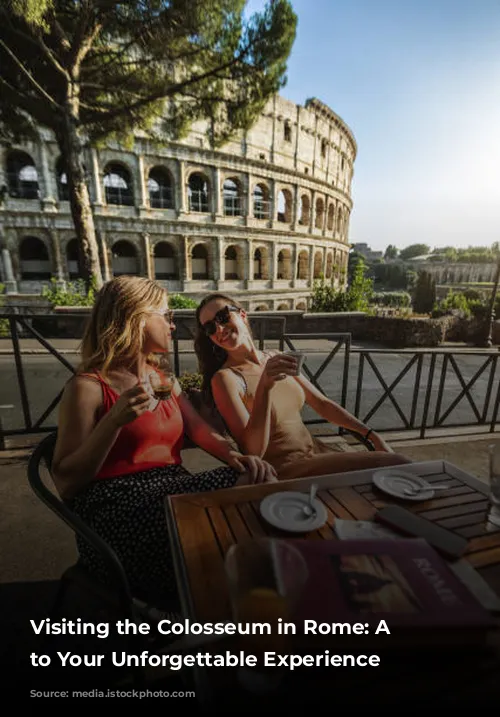
Free Entry to Museums on the First Sunday of the Month
Every first Sunday of the month, Rome offers free entry to state-owned museums, galleries, parks, and some archaeological sites. This is a fantastic opportunity to explore these cultural treasures without paying an entrance fee. However, keep in mind that this is the busiest day of the month, so arriving early is essential to avoid large crowds.
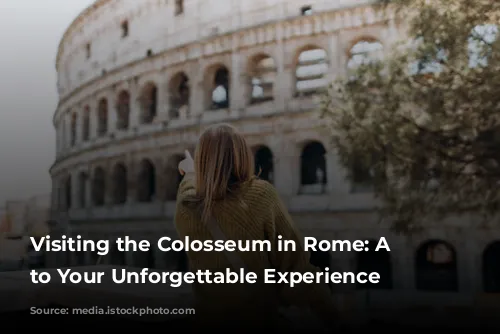
The Symbol of Ancient Rome: The Colosseum
The Colosseum stands as the most visited and popular monument in Rome, indeed in all of Italy. It is the iconic symbol of the ancient Roman Empire and of the modern city, much like the Eiffel Tower in Paris. In its day, it was a symbol of prestige and the power, might and, perhaps, savagery of the ancient Romans. This architectural marvel continues to captivate visitors from around the world, offering a window into the grandeur and legacy of ancient Rome.
